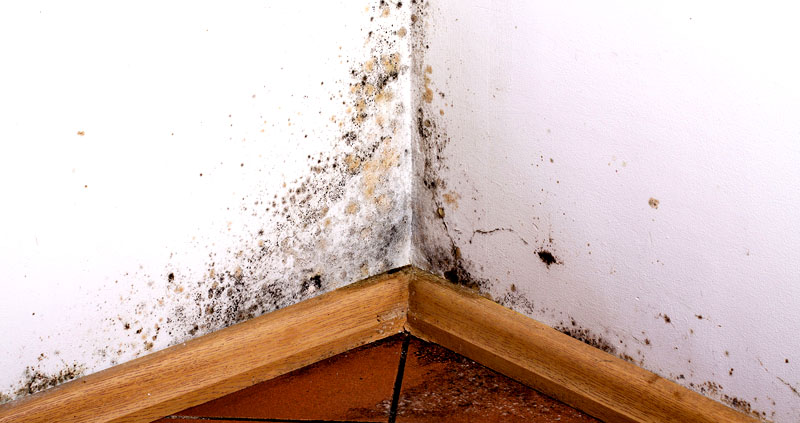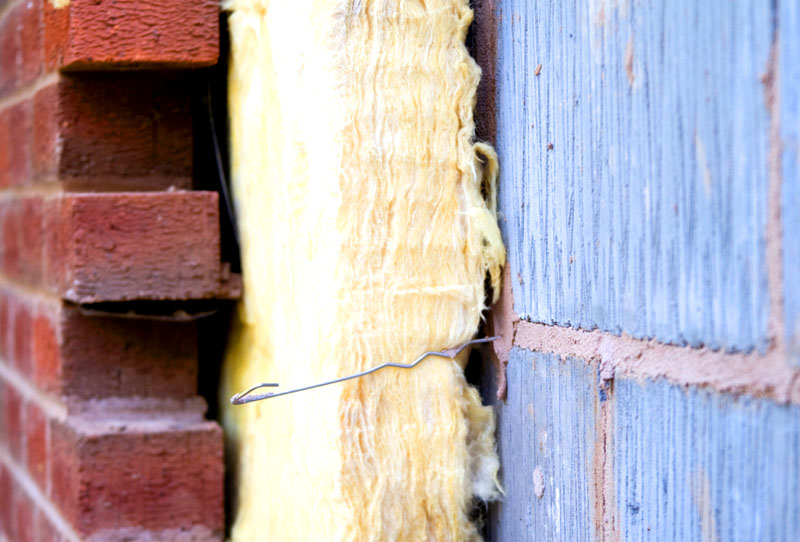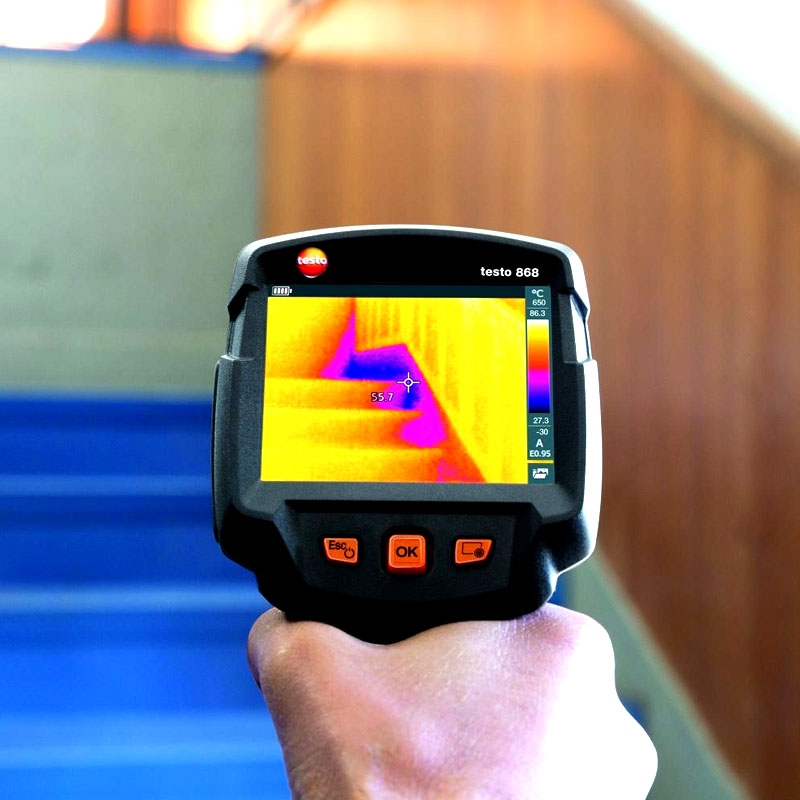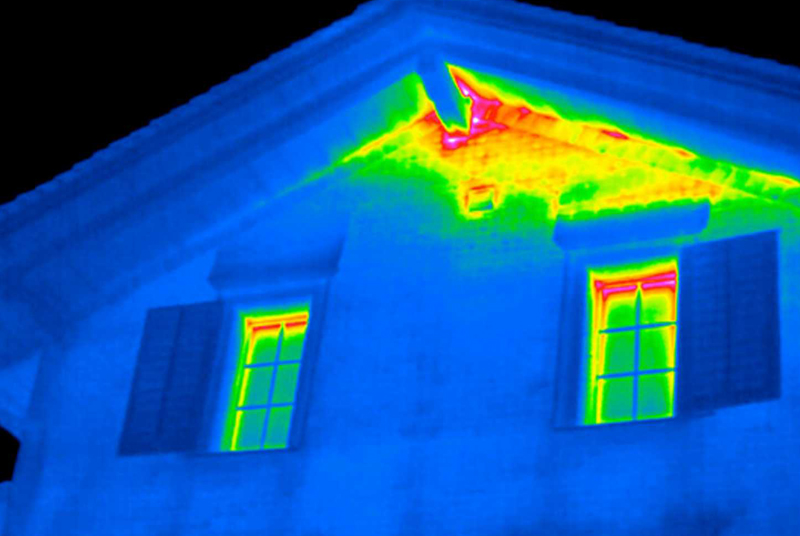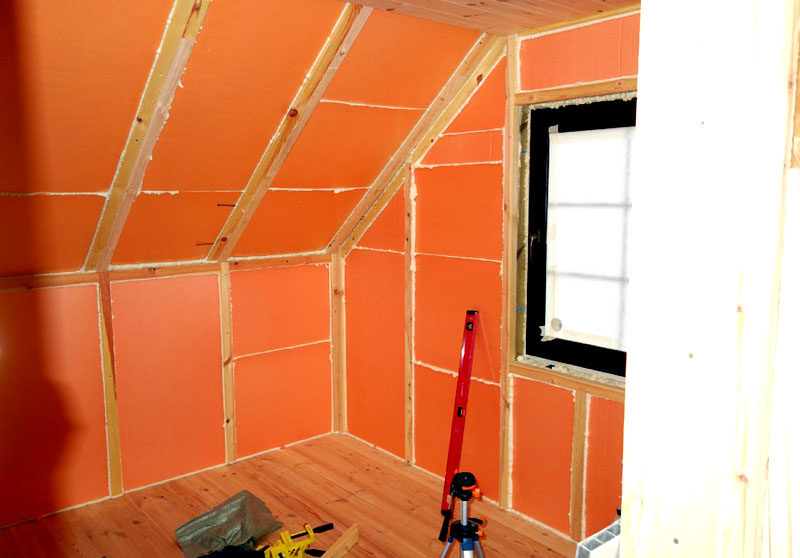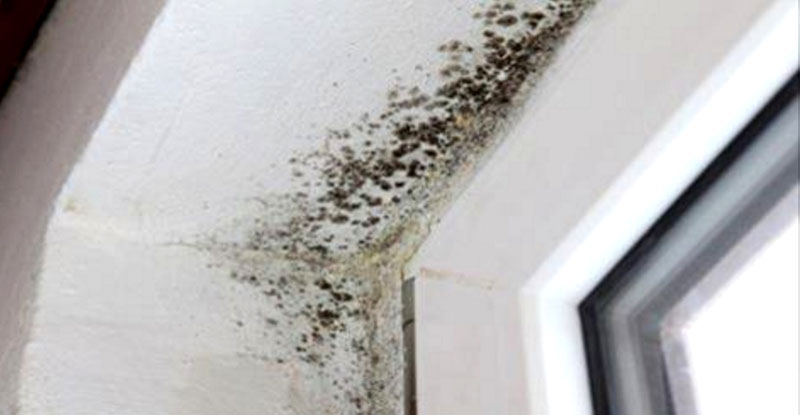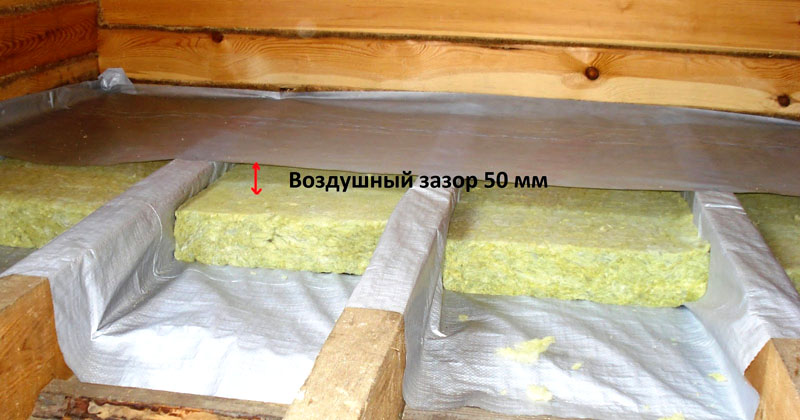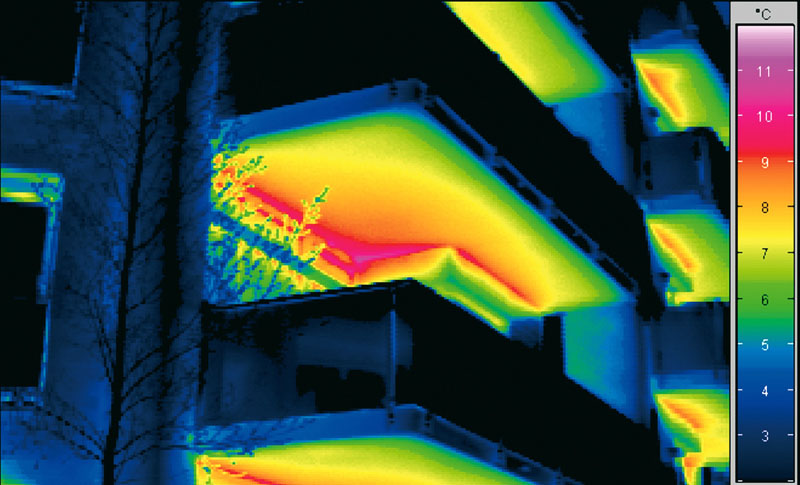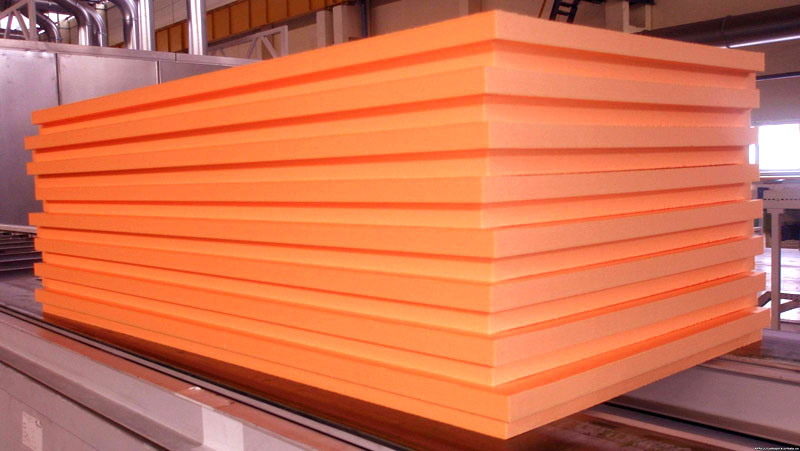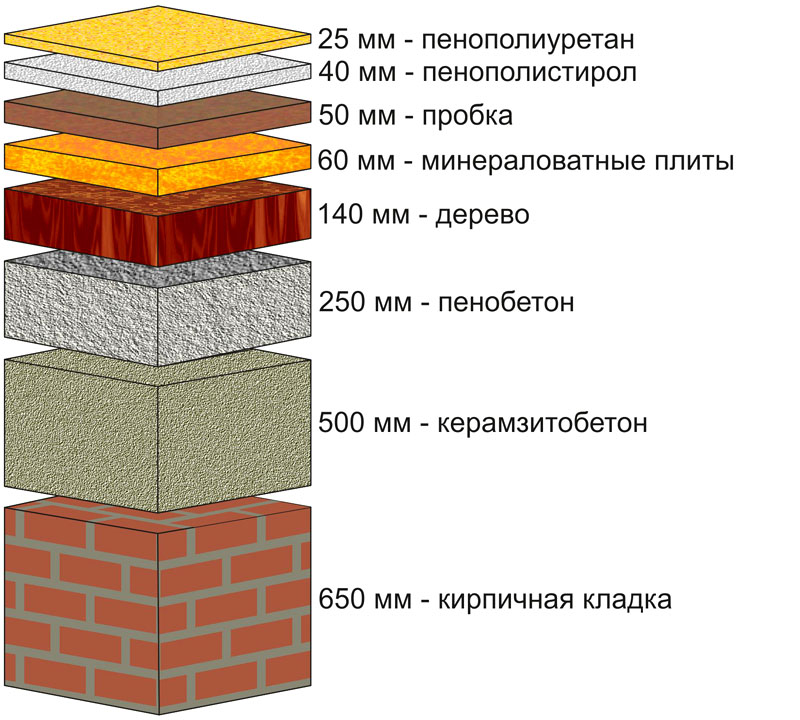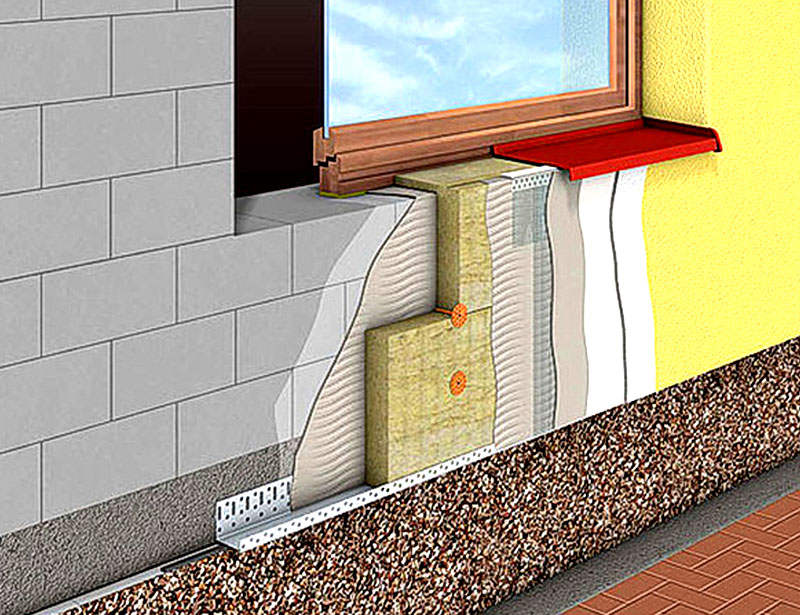Cold bridges: how and from what to build a warm house
Private house construction - a time-consuming process that requires large financial investments. It is all the sadder if, after finishing, the owner notices cold in some parts of the walls or moisture. But with the right approach to construction and choosing the right material, these troubles can be avoided. In today's article, we will talk about what and how to build a private house in order to avoid the appearance of cold bridges. Along the way, photo examples of the production of some works will be considered.
The content of the article
What is a cold bridge and the reasons for its occurrence
The seemingly harmless name should not deceive the owner of the new home. Indeed, precisely because of the appearance of cold bridges, heating bills increase, and the comfort of living is significantly reduced. And if you close your eyes to them, you can wait for the appearance of mold on the walls and the destruction of the walls or ceiling.
The reasons for the appearance of such cold bridges can be the wrong selection of building material and insulation, as well as violation of the production technology. And all this should be thought over at the design stage, so as not to spend extra funds later. Indeed, it is often the excessive savings at the construction stage that leads to such problems.
Cold bridge detection
It is not always possible to determine where the heat is leaving. Most often, special devices are used for this - thermal imagers... This equipment is quite expensive, but sometimes irreplaceable. For a more complete picture, an examination of the internal and external walls of the room, floor and roof is carried out, from where most of the heat comes out.
The most vulnerable places of buildings
Most often (even with the correct selection of building material), heat leaks occur in the following structural elements:
- the joint between the floor and foundation (on the first floors);
- the joint of the roof and walls;
- along the edge of window and door openings;
- on the ceiling of balconies;
- on various architectural elements.
How to deal with cold bridges
Fighting this problem can turn into a full overhaul of the house. Here the main task becomes insulation of the building outside... It should be understood that internal insulation will not only not solve the problem, but will also aggravate it. The fact is that the dampness from the inside of the walls will not go anywhere, but at the same time it will be hidden from view. This will lead to more wetting of the inside of the walls and additional damage to the concrete or wood.
Window openings and related problems
Windows are the most vulnerable part, and therefore their installation should be carried out only by qualified specialists. In fact, each window has an average of 6 m of connection to the wall. And if the technology is violated in this part of the work, the appearance of cold bridges to the owner is guaranteed. That is why professionals do not rely only on polyurethane foam, and close it with silicone tape from the inside of the room and with foil material outside.
Heat leakage at the joint between the foundation and the floor
Also a fairly common problem. It is very important here that the connection of the foundation, wall and floor on the ground floor is made in a single layer. At the same time, the insulation of the floors of the first floor is mandatory, regardless of the organization of heating.
It will be optimal to insulate the foundation on both sides, when the inner part is continuously connected to the thermal insulation of the floor, and the outer part is connected to the outer side of the wall.
Floor slabs for balconies
Balconies are not only aesthetic, but also practical. But the problem is that the floor slab adjacent to the building is already a cold bridge. And here insulation is necessary both from above and from below. Moreover, if the slab is hollow, it is worth thinking about how to insulate it from the ends. Recently, freestanding structures based on their own supporting beams have become increasingly used. Thus, it is possible to "cut off" the balcony from the wall, thereby excluding the appearance of a cold bridge in this place.
Providing a continuous layer of thermal insulation material
The most effective in this sense can be called such material as extruded polystyrene foam, which is popularly called penoplex, according to the manufacturer's name. This material provides a secure joint between the individual boards, while it does not transmit heat at all. You can verify this by touching the extruded polystyrene foam in the cold. Its surface instantly returns the heat of the human body. In addition, it is quite simple in installation and can be attached to the surface with special plastic dowels or liquid nails. Another advantage of the material is that different pests like rats and mice they are indifferent to it, unlike ordinary foam, which rodents are able to destroy in a year.
Related article:
Penoplex: technical characteristics. Having picked up slabs of suitable thickness, you can ensure a sufficient level of thermal insulation of the walls, floor, ceiling. Let's talk about this insulation in more detail in our review.
Other options for facade insulation
Today, many different heaters are produced.On the shelves you can even find polyurethane foam for spraying in 1 liter cylinders. However, this capacity is only enough for a small section of the wall. But in order to make it easier to insulate the facade, you should choose the right materials for construction. For example, if the choice is between expanded clay concrete, foam block or wooden beams, then the latter will clearly win. But expanded clay concrete will remain in last place. Below you can estimate the difference in thermal conductivity of various materials.
Summing up
Insulate the facade or not - a purely individual matter. However, it is worth recalling that dampness on the walls is not only not aesthetic. It destroys the wall material, which leads to an increase in cold bridges and, as a result, even greater destruction. In addition, living in an uncomfortable temperature is unlikely to please anyone. Such savings over time will come at such costs that will be several times higher than the purchase cost of the insulation. Isn't it better to do all the work right away with high quality and then not think about it for many years? The answer is obvious.
We really hope that the information presented today will be useful for novice builders and home craftsmen. Perhaps something in the article remained incomprehensible to our reader. In this case, you just need to state the essence of the issue in the discussions below. Be sure that the homemaster.techinfolux.com/en/ editorial staff will be happy to answer each of them as soon as possible. There you can also comment on what you read, leave a review or share your personal experience in house insulation, if any. If you liked what you read, do not forget about the rating. Your opinion is very important to us. And finally, as has already happened, we offer a short, but very informative video that will more fully reveal today's topic.



